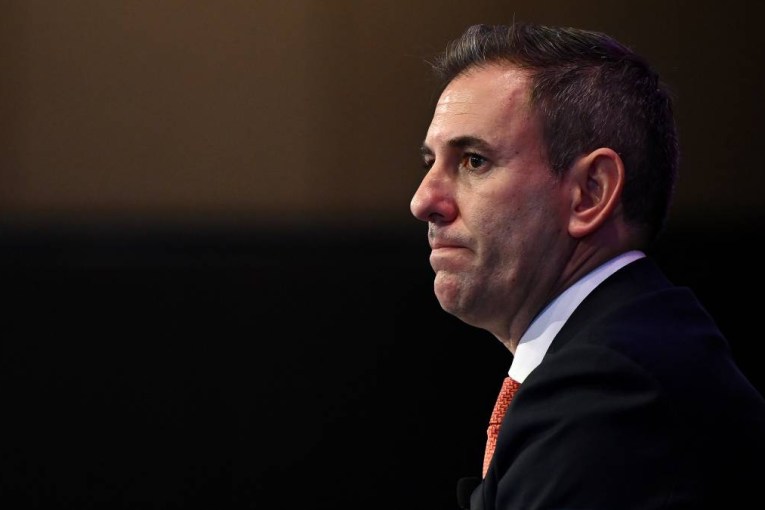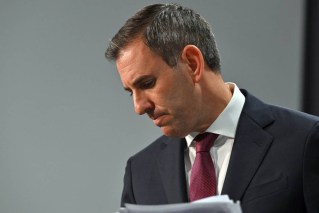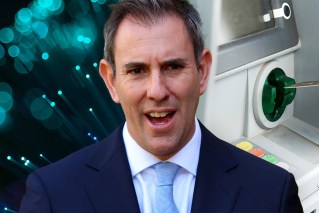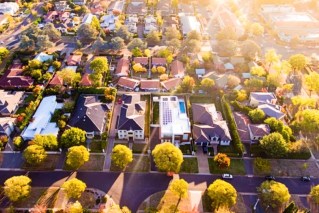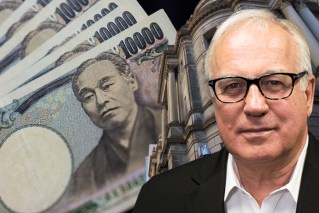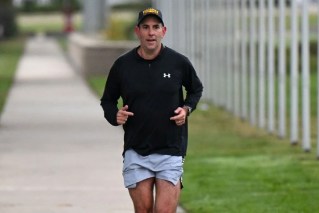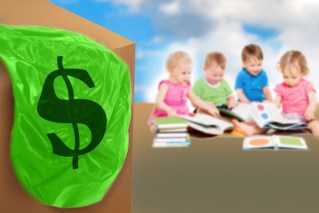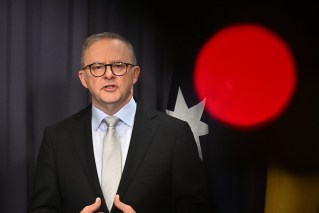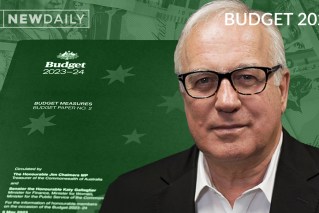Coalition spends more than Labor’s ‘drunken sailors’
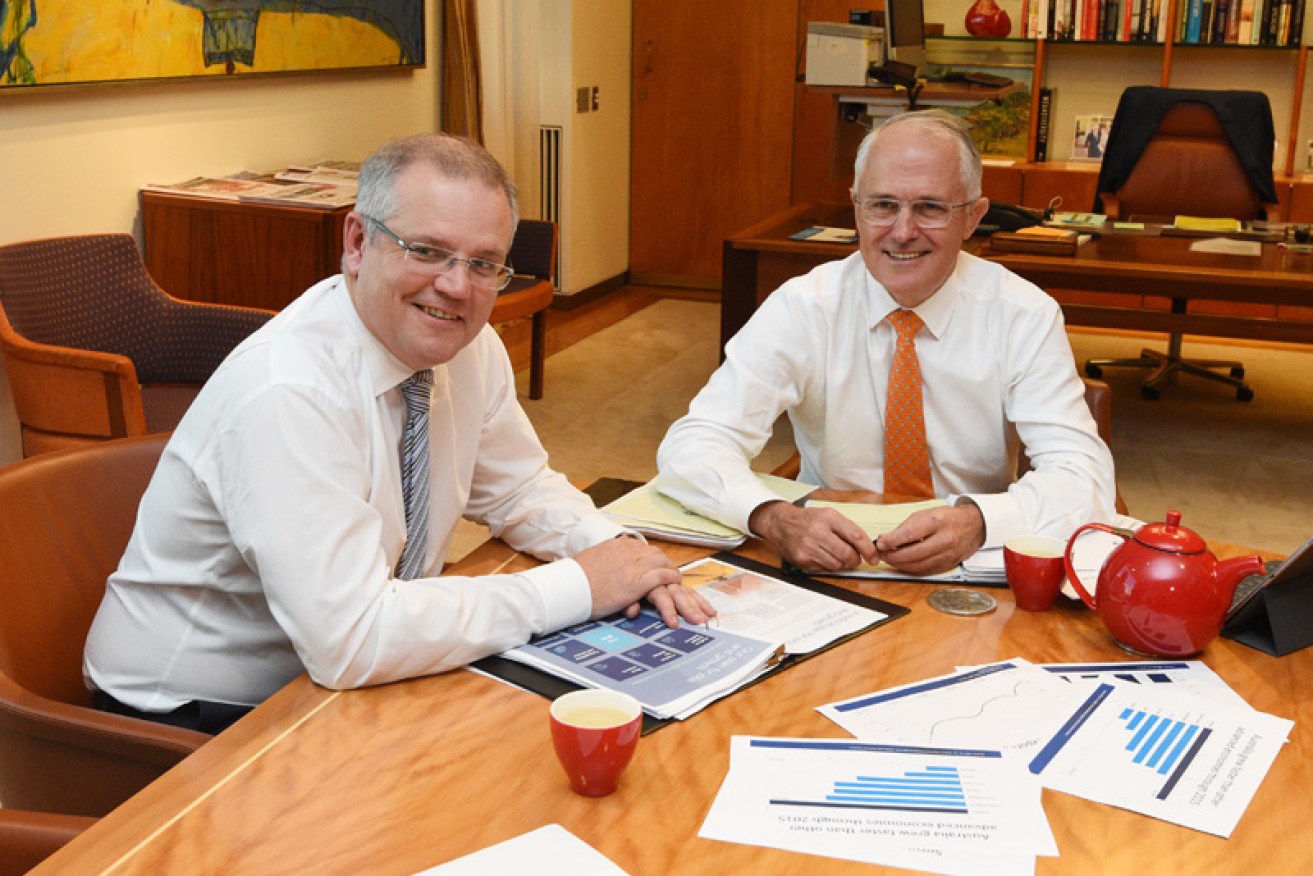
AAP
The Coalition is spending more than the Gillard and Rudd governments, despite warning of a “spending problem” and urging Australia to “live within its means”.
Government spending as a percentage of the nation’s economic activity now exceeds the years when Labor governments steered the nation through international economic turmoil, as revealed in the latest budget.
The Turnbull government expects to spend $450.6 billion over the next financial year, the equivalent of 25.8 per cent of gross domestic product (GDP), equal to the last Tony Abbott budget and comparable to the Kevin Rudd budget of 2009-10.
• Prime Minister to call an election ‘this weekend’
• An optimist’s budget full of pessimist’s actions
• Scott Morrison takes the axe to super perks for the wealthy
• Five-minute guide to federal budget 2016
The high spending seemed to clash with messages from former prime minister Tony Abbott and current PM Malcolm Turnbull, who have both lambasted the opposition for excessive spending.
Mr Abbott told the Today show in 2015: “The former government were spending like drunken sailors,” while in early April Mr Turnbull warned Australia’s premiers to “live within your means”.

Small businesses won big in the 2016 federal budget, with a 2.5 per cent tax break. Photo: Getty
While Coalition spending as a proportion of GDP in the 2016 budget was not at record highs for Australian history, it was at very similar levels to when Australia was hit by economic turmoil.
Economist George Megalogenis highlighted this Coalition trend during the ABC’s 2016 budget analysis.
He argued that Treasurer Scott Morrison’s first budget showed the Coalition were spending more, or equal to, the Rudd and Gillard governments.
Mr Megalogenis told The New Daily that governments usually spent more as a percentage of GDP between one and four years after a recession or economic downturn – a comment relevant to the 26 per cent of GDP delivered by the Rudd government in 2009-10.
He said he was shocked at the rate of Coalition spending, given Australia was not recovering from tumultuous economic times.
Labor Shadow Finance Minister Tony Burke told The New Daily the figures showed Mr Morrison’s budget was “fiscally reckless”.
“Malcolm Turnbull and Scott Morrison talk about there being a ‘spending problem’ but they’ve done nothing to decrease spending as a percentage of GDP.”
The New Daily asked Mr Morrison to comment on the figures but his office did not respond.
Coalition spending like it’s a crisis
The Coalition spending projections contained in the 2016-17 budget are comparable to years when the nation suffered economic turmoil, as seen in the graphs below.
After the 1974 recession, Labor prime minister Gough Whitlam significantly lifted government spending as a percentage of GDP. Liberal prime minister Malcolm Fraser kept that spending high as Australia recovered from the recession through 1976-77.
Paul Keating increased government spending after the 1982 recession in the United States, even though it did not directly affect Australia. The figure rose to record levels in 1984-85.
After the early 1990s recession, Australia again lifted its spending as a percentage of GDP. It began to dip again in the late 1990s after treasurer Peter Costello delivered a series of budgets.
As Australia recovered from the GFC which hit in 2007, the Rudd government lifted spending as a proportion of GDP to stimulate the economy. Many analysts believe this helped Australia avoid recession.





